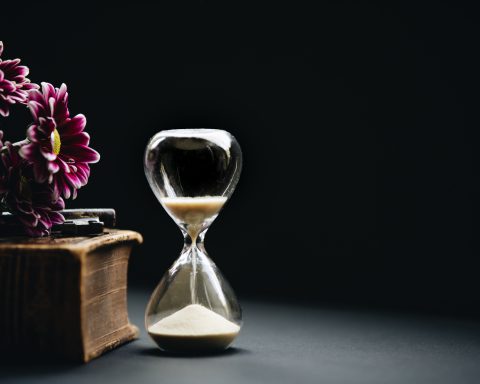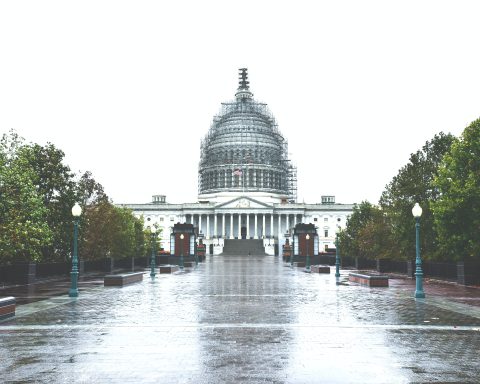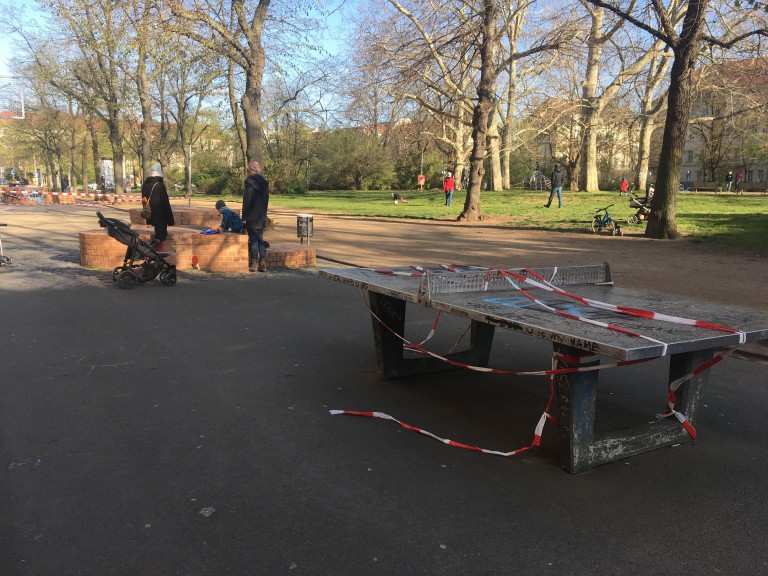The United States is often called a “country of contrasts.” The current pandemic highlights some of them. For example, the U.S. is the world’s richest country by GDP and home to most of the world’s billionaires, but at least 40% of the country’s employees live “from paycheck to paycheck.” That is, their jobs earn them just enough money to pay for their everyday bills, whereas (almost) nothing remains to be saved for sudden necessities, let alone retirement.
Now, as a consequence of the coronavirus lockdown, millions of Americans have lost their jobs/paychecks or are going to lose them. With no or minimal savings, they are facing financial death, and may end up homeless.
In an attempt to help, the U.S. government has started handing out “stimulus” payments of up to $1,200 per citizen. For those who really need it, this won’t, of course, be enough.
Yet apart from that, the stimulus payments highlight another contrast in the U.S., which keeps bewildering me: The money is mailed to people as paper checks.

Some U.S. employees even receive a “paycheck” not only figuratively, and individuals themselves still can and do make various payments (such as their rent) in this way.
On the one hand, much of the world’s technology has been developed in the U.S. It’s the country that took people to the Moon. On the other hand, it clings to a payment method that, in its modern form, dates from the 19th century.
In Germany and many other European countries, checks still exist, but have lost all importance in the last 20 years. Personally, I can’t remember when I have last seen one.
For purchases in shops or eateries, Germans still prefer cash – while in the U.S., ironically, even coffees are paid for by credit card. By contrast, for transactions with landlords, companies, government offices or even friends, Germans use bank transfers.

Nowadays, any holder of a bank account can make such transfers online, by entering the account information of the recipient and security codes (whereas before, paper forms had to be filled in at the bank). Since 2016, in Europe, it doesn’t even make a difference anymore whether the transfer goes to an account in the same or another European country (if it equally uses the euro currency). Every country has the same pattern for bank account numbers, and most transfers reach the recipient’s account within one business day, at the same cost, which is zero with many banks.
In the U.S., the stimulus payments can also be claimed by bank transfer (“direct deposit”), but setting this up seems to be more complicated than ordering the paper check. Thus, for that “stimulus,” millions of checks are now being printed, put into an envelope, flown and driven across the country and delivered to people’s homes, before people take them to the bank and receive their money.
Does this sound like the year 2020?
While the checks bring some urgent relief to the pandemic’s economic victims, it might be better not to calculate their costs in terms of ink and paper, logistics, and carbon emissions. Into the bargain, President Trump has been able to abuse the paper checks as vehicles for his reelection campaign, by printing his name on them.

About 80 million Americans have received the stimulus payment by direct deposit. The 70 million who, by contrast, have requested a check, still have to wait for them. For organizational reasons, it may take months until the last one is issued. At this time, the government is hoping that some of the check people still switch to deposit, since it is “much safer.”
In fact, paper checks can easily be lost, stolen, or even forged.
Nevertheless, the concept of receiving a “direct deposit” still has to be explained and justified to Americans like the craziest novelty, and making an electronic bank transfer (“wire”) is described as a possible “challenge.” Certainly, the perceived or actual difficulty of making transfers between American bank accounts contributed to the emergence and success of PayPal and other online payment services in the country.
A major reason why checks have survived is, of course, that, as of 2017, over 30 million American households (close to a quarter of all) are “unbanked” or “underbanked.” That is, they don’t have or use a bank account of their own, and thus depend on cash from checks. They are denied accounts after experiencing financial difficulties, or they fear uncontrollable fees or have no confidence in the banking system in general.

In 2018, the U.S. counted fewer check payments than electronic transfers for the first time. As people grow ever more used to these transfers, and transfers become easier and even safer than they already are, that trend will continue. Still, checks will stay for a long time to come, as yet another contrast of America’s many.










